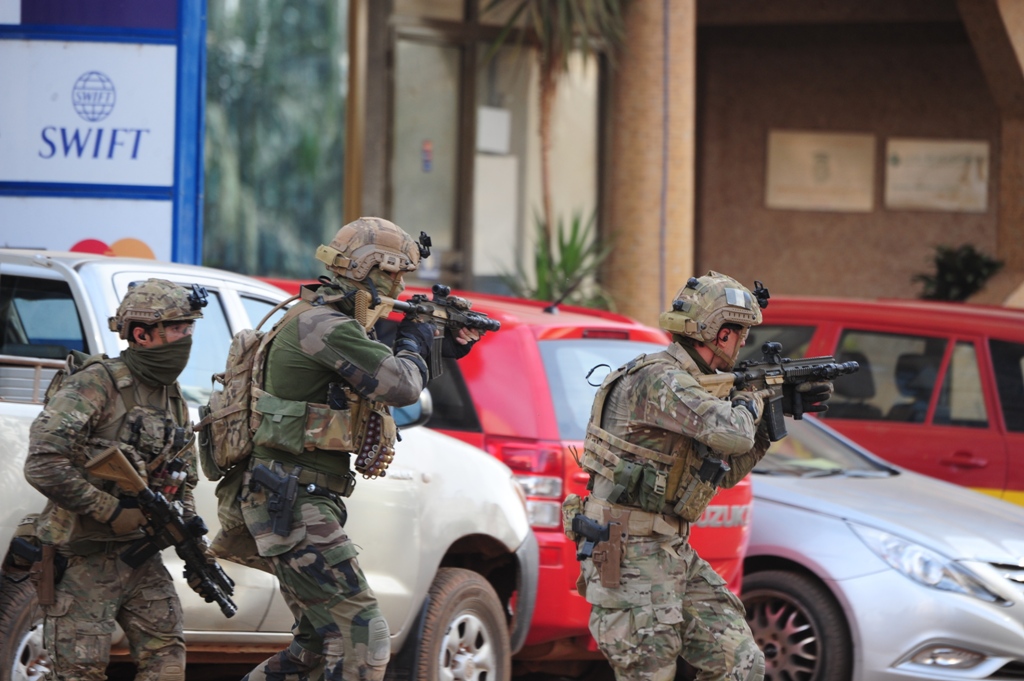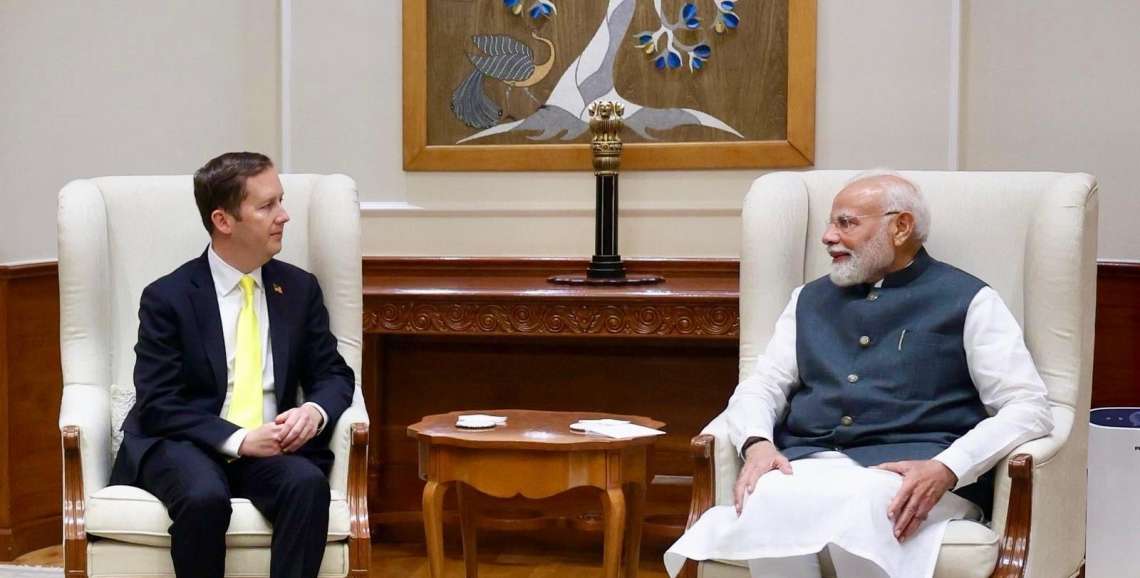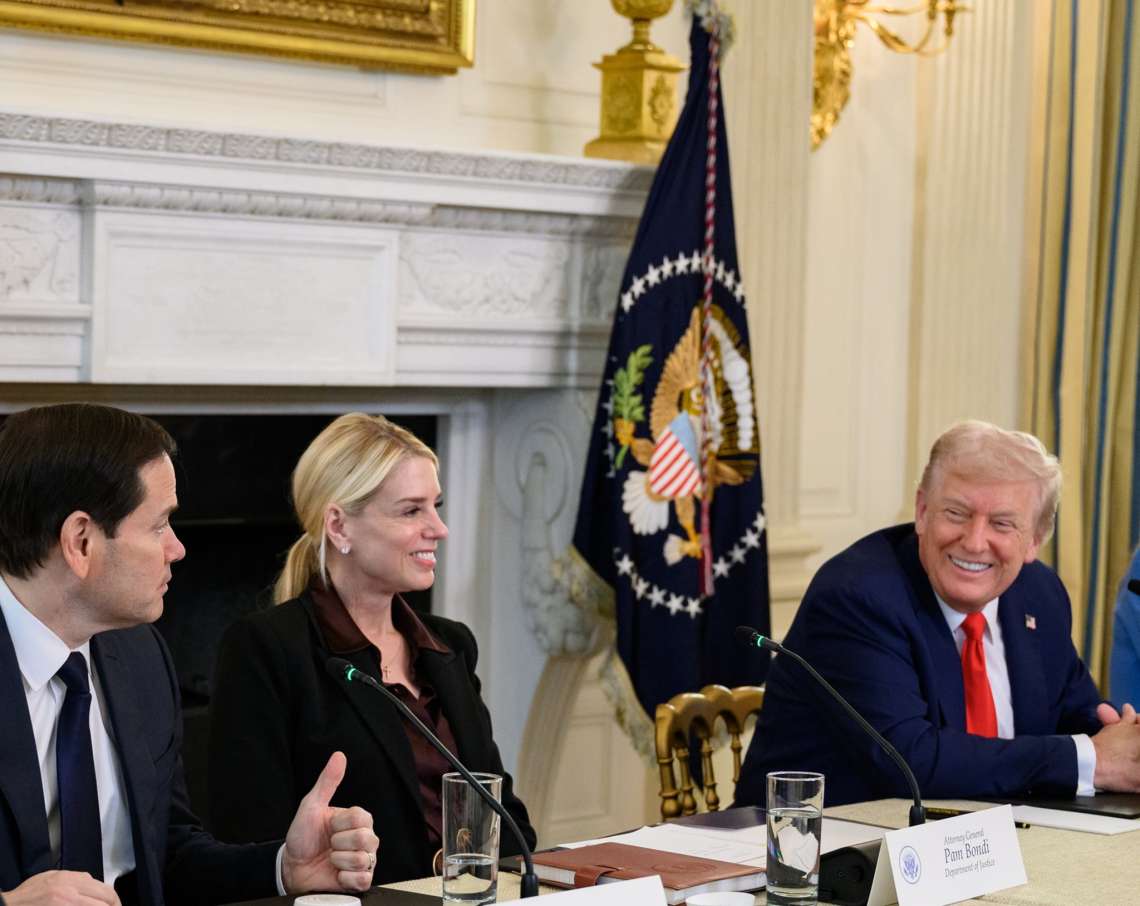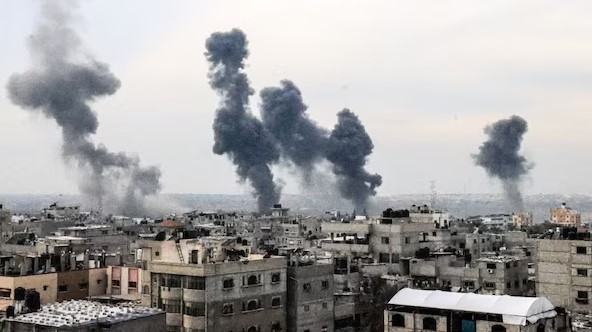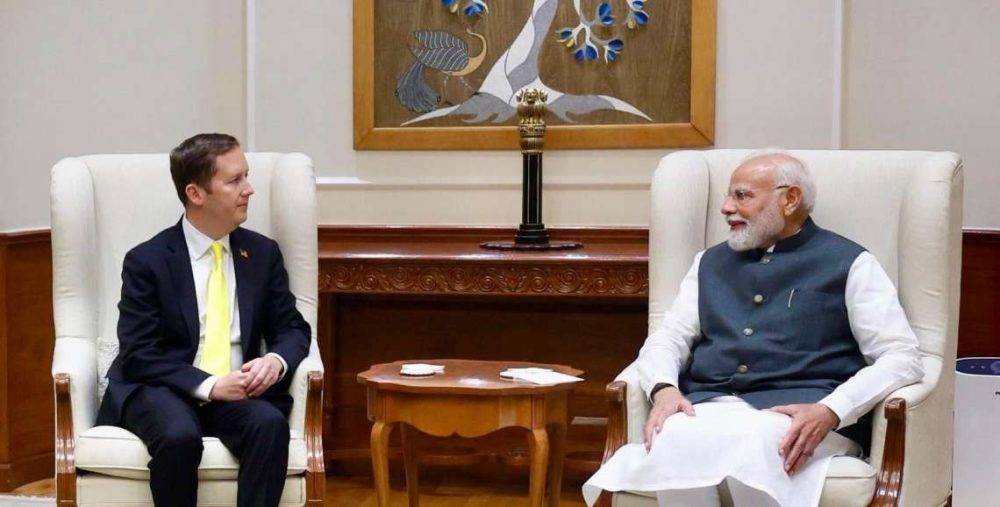This is the first time that the chiefs of defense conference has been held on African soil. And it is the first time the U.S. joint chiefs chairman has visited a sub-Saharan country since 1994, when Gen. John Shalikashvili visited Rwanda and Zaire…reports Asian Lite News
Violent extremist groups linked to al-Qaida and the Islamic State group are growing in size and influence across Africa, fueling worries that as they improve their tactics they could attack the U.S. or Western allies.
U.S. defense and military officials described the threats and their concerns about growing instability in Africa, where a number of coups have put ruling juntas in control, leading to the ouster of American troops and a decline in U.S. intelligence gathering.
“Threats like Wagner, terrorist groups and transnational criminal organizations continue to sow instability in multiple regions,” Air Force Gen. CQ Brown, chairman of the Joint Chiefs of Staff, said in opening remarks Tuesday at a conference of African chiefs of defense in Botswana. “I think we can all agree, what happens in one part of the world, does not stay in one part of the world.”
Wagner is the Russian mercenary group that has gone into African nations to provide security as Western forces, including from the U.S. and France, have been pushed out. The group is known for its brutality, and human rights organizations have accused its members of raping and killing civilians.
While Brown only touched briefly on the terror threat in the region, it was a key topic among others at the conference and spurred questions from military chiefs in the audience after his speech. They wanted to know what the U.S. could do to help stem the spread of insurgents in West Africa, the Gulf of Guinea and the Sahel.
This is the first time that the chiefs of defense conference has been held on African soil. And it is the first time the U.S. joint chiefs chairman has visited a sub-Saharan country since 1994, when Gen. John Shalikashvili visited Rwanda and Zaire.
A senior U.S. defense official said al-Qaida linked groups — such as al-Shabab in Somalia and Jama’a Nusrat ul-Islam wa al-Muslimin, known as JNIM, in the Sahel region — are the largest and most financially viable insurgencies. JNIM is active in Mali, Burkina Faso and Niger and is looking to expand into Benin and Togo, which it uses as hubs to rest, recuperate, get financing and gather weapons but also has increased attacks there.
At the same time, the Islamic State group has key cells in West Africa and in the Sahel. The defense official, who spoke on condition of anonymity to discuss a threat assessment, said the Islamic State cells were getting increasing direction from the group’s leadership that relocated to northern Somalia. That has included how to kidnap Westerners for ransom, how to learn better military tactics, how to hide from drones and how to building their own small quadcopters.
A U.S. military airstrike in Somalia on May 31 targeted Islamic State militants and killed three, according to U.S. Africa Command. U.S. officials have said the strike targeted the group’s leader, but the defense official said Monday that it’s still unclear if he was killed.
Roughly 200 Islamic State insurgents are in Somalia, so they are vastly outnumbered by al-Shabab, which has grown in size to between 10,000 and 12,000.
The growth of the insurgent groups within Africa signals the belief by both al-Qaida and the Islamic State group that the continent is a ripe location for jihadism, where extremist ideology can take root and expand, the official said.
And it comes as the U.S. was ordered to pull out its 1,000 troops from Niger in the wake of last July’s coup and also about 75 from Chad. Those troop cuts, which shut down a critical U.S. counterterrorism and drone base at Agadez, hamper intelligence gathering in Niger, said Gen. Michael Langley, head of U.S. Africa Command.
Surveillance operations before the coup gave the U.S. a greater ability to get intelligence on insurgent movements. Now, he said, the key goal is a safe and secure withdrawal of personnel and equipment from both Agadez and a smaller U.S. facility near the airport.
Langley met with Niger’s top military chief, Brig. Gen. Moussa Salaou Barmou, during the conference, and said military-to-military communications continue but that it’s yet to be determined how much the new transitional government will deal with the U.S.
Currently, he said, there are about 400 troops still at Agadez and 200 near the airport.
But, he added that “as we’re in transition and resetting, we need to maintain capabilities to get enough intelligence to identify warnings of a threat out there.”
Langley said the U.S. is still trying to assess the militant groups’ capabilities as they grow.
ALSO READ-Biden Names Kenya Major US Ally


